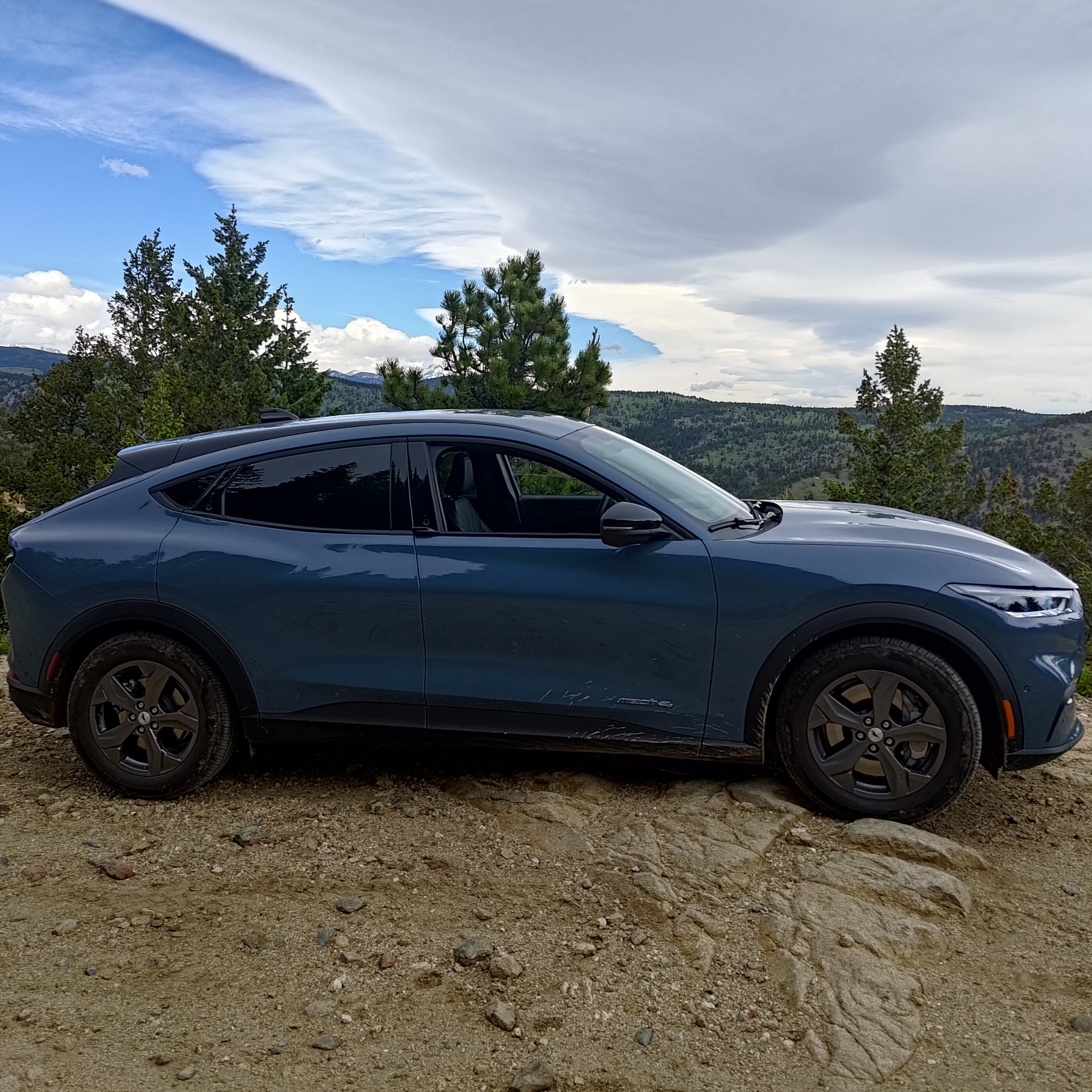Considering switching away from Fedora and to another distribution. Does anyone have any suggestions for distributions I should consider?
Arch for the last 8ish years. I’m interested in switching to something immutable and with a declarative package manager, but every time I try something else I end up back on arch. It works and has all the packages I use ¯_(ツ)_/¯
Ubuntu. It Debian without the driver issues.
PoP_OS MX Linux LMDE
Everyone immediately want you to use their distribution of choice. However no-one can really answer this unless you include more information about yourself and your Linux experience, objectives, what kind of tinkering you’re comfortable with, what you expectations are, etc.
The best answer IMO is always Linux Mint when people ask these kind of questions.
Arch.
People think it’s really challenging and brittle, but everything seems to always work no matter how often I update (or don’t) and the wiki is top notch.
I actually chose arch initially because when you go to forums to troubleshoot problems there is always an ubuntu answer and an arch answer, and the arch answer is almost always shorter.
Bang on
OpenSUSE Tumbleweed for now, with Garuda for gaming. Still working up the courage to combine all the best features of both into my first Arch install.
The biggest selling point for Fedora IMO is the way it handles UEFI and Secure Boot. I haven’t found anything comparable. Securing the proprietary garbage running on your main board is critical regardless of your OS.
Debian support it too. The kernel is secure boot ready and it’s very easy to sign nvidia kernel module with the default shipped key via mok.
Can you elaborate or point me to some resources? I’d like to hear more about this because I’ve wondered for a while what to do about Secure Boot on my machine.
deleted by creator
I’m using debian.
I live on the more unstable side, I like Debian Unstable/Sid. I also recommend Siduction as it’s based on Debian Unstable.
I’ve been actually trying Debian Testing for past few weeks.
Debian not recommends testing for everyday using. You definetely have to look at the site. Afaik it is basically a bad version of unstable that gets slow updates and it is only for testing purposes.
Yes, this is correct. The way Testing works, it is very possible (indeed, likely) that you could be stuck with a security vulnerability for weeks. You should use either stable or unstable.
Can unstable be used as a daily driver?
Yes, as long as you pay attention to what packages are being added and removed when you perform an update. Once in a great while, there have been instances of buggy packages mass-removing other packages due to a bug.
That said, Debian-based distros like Ubuntu usually base their stable releases on unstable. Unstable doesn’t refer to software stability. Rather, it refers to the idea that the system-level packages could change throughout the development cycle.
Security updates come to unstable through normal package updates, which testing doesn’t get until everything makes it through a probationary period with no “serious” bugs filed and no dependency issues. And if any package that the package needing the security patch depends on also has a serious bug filed, the process could take even longer.
Packages from debian unstable trickle down to testing in 8-10 days usually if all the other criteria are met. But I have also heard that important security updates go straight from unstable to stable and then come to testing at a later time. When is that later date I have no idea.
Seconded
I used Feren OS for a long time, but now i prefer Cachy OS and Vanilla Arch on my laptop, both with KDE Plasma
Do you mean vanilla Arch or Vanilla ( with Arch )?
Just Arch linux as in I got it from the official Arch website
Arch Linux
Reasons:
- Pacman
- the AUR
- community driven
- bleeding edge
- pragmatic stance regarding closed source software
- sane defaults
- minimalism, build your own without too much compiling
- the wiki
My steam deck uses arch btw, and the main reason I didn’t choose arch for my laptop was because I haven’t had good experience with pacman. But I’ll be honest that I haven’t given it much of a chance, so I’d like to learn more. What is it that you like about pacman?
What bad experience have you had with pacman? My favourite thing about it is that it is pretty much the only package manager that has never failed me.
Well on the steam deck, updates will always fail until I reboot the device then try to update again. I also really don’t like the syntax. It isn’t intuitive, and I can’t memorize it because of that. For example, I’m not sure why
-Smeansinstall. I remember install because that’s the one I have used the most, but I can’t remember what is equivalent toapt updateorapt upgrade, and I’m not sure why they can’t just use those terms. Why do I need to memorize arbitrary letters with captialization?I have no expierence with the steam deck, so dunno what’s up with that. Never expierenced something like that on my PCs tho.
Yes, the flags can be unintuitive for beginners,
Sstands for sync, which will sync the package(s) specified thereafter with the remote repositories. If the packages aren"t installed it means installing them, if they are already installed it means updating them to the version that is the latest version in the remote repository. Full system update is done bypacman -Syu, whereytells pacman to synchronize the package lists first anduselects all packages that are older than the ones in these package lists for theS.You can easily learn all that by using
fish(orzshwith a sufficient config) instead of bash. Then, you can enterpacman -and hit TAB to get a list of allowed flags and a brief description. Choose one, hit TAB again and get a list of flags that go with the one you selected before, again with a description right out of the man-page. BTW, that works with a lot of command line programs and is imo almost necessary to get in touch with the shell.
The wiki is what makes it really hard for me to move out. This masterpiece is where I learned 70% of what I know about linux systems 🤷
Pop_os for my laptop and desktop. I use these machines for dev work and gaming. I want to spend as little time as possible doing maintenance. Debian for all servers and containers. Very stable, maintenance doesn’t take much effort.
If I was running a pure gaming system I’d probably go with Arch.
Nobara on my desktop, Pop_os! on my laptop. As soon as the new COSMIC DE is ready I will switch to Pop on my desktop as well.
Void Linux user here with Qtile - Wayland as my WM.
Debian only household here …
Here’s an incomplete list of my daily drivers since…well, I’m old.
- QNX Neutrino
- Mandrake 7.2
- RedHat 7.1
- Went back to Windoze for quite a while
- Gentoo
- Ubuntu (quite a leap there)
- OS X
- Linux Mint
- Debian
- LMDE
- Fedora
- KDE Neon
- macOS
- Fedora Asahi
I’m sure I’ve missed the odd one or two (and I regularly jumped back and forth with Debian/Ubuntu/Mint for years and years).
I used to distro hop a lot, so if I only used it for less than a month, I haven’t bothered to list it.
- Speak & Spell
- 150 things in 1 from Radio Shack
- Simon
- CP/M
- DOS 2.1 - 6.22 ?? (DoubleDOS)
- Dos + Desqview X (I spell that right?)
- Slackware (Linux 0.99pl13) (home)
- Windows 95 & Linux
- DEC OSF-1
- OS/2 Warp (work) / Slackware Linux (home)
- Windows 98, 98se & Mandrake Linux
- Domain Aegis (Apollo workstations) (w) & Mandrake and maybe Redhat Linux (h)
- HP-UX (w) & Mandrake Linux (h)
- SunOS & Solaris & HP-UX & Aegis & AIX & os/390 (zSeries) & IRIX (w) & Redhat or Mandrake Linux (w & h)
- PClinuxOS
- Gentoo
- Linux mint / Ubuntu
Love that list. I am also old. I used SLS, Slackware, and stuff with the .99.x release numbers I switched to Red Hat around 4.1 I think and went to Mandrake from there. And then…
You never used Arch? Not even for Asahi?
I built Arch (twice I think) but only ever in a VM to have a look around, never made it my daily driver. Used Manjaro for a couple of weeks, but I wouldn’t say it was a daily driver either.












